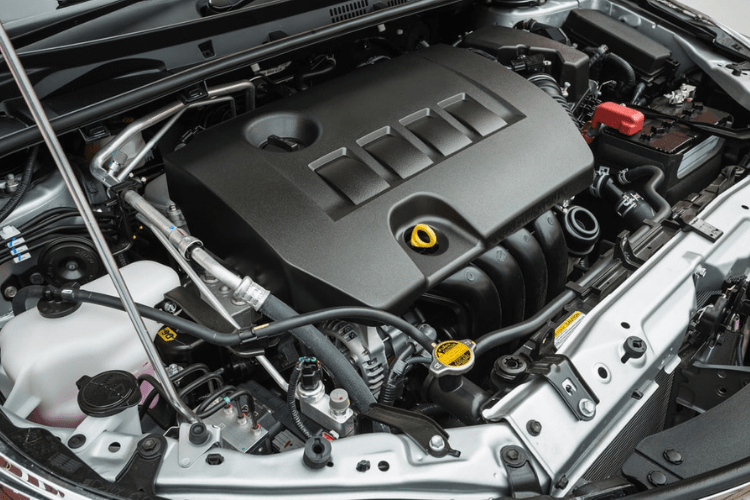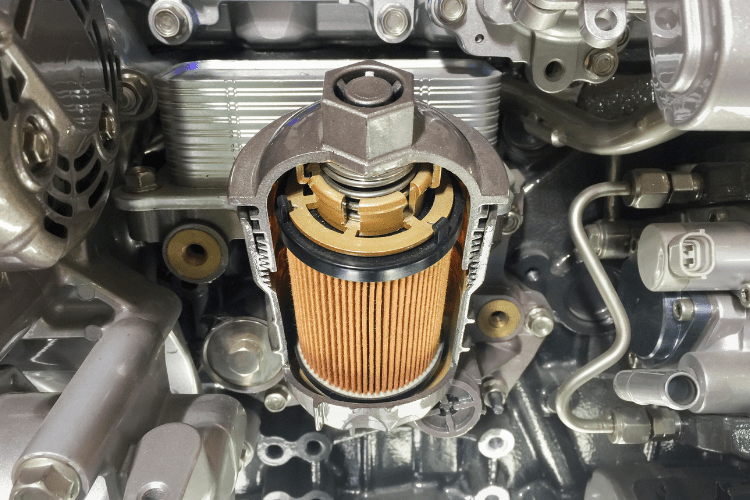DIY: How to Change Your Car’s Oil Yourself
Every car has at least one thing in common: the need for regular oil changes. It’s just a fact of life. No matter how many miles you go between oil changes, this type of maintenance will always be needed at some point. And like so many other chores we have to do frequently, it makes sense to save yourself some money and learn how a DIY oil change works. So if you’re ready to learn a little about car maintenance, here’s how to complete a full synthetic oil change yourself.

- Buy Oil Change Supplies
You’ll need a few materials for your oil change. First, make sure you have a set of wrenches that includes an oil filter wrench. You should also get out some safety glasses, a jack and jack stands, a funnel, rags, and an oil pan. And of course, you’ll need fresh synthetic oil and a new filter.
Be sure to check your car’s manual to find out the recommended oil. And when you buy the oil filter, check the box to see if it includes a new drain plug washer, since you might need to replace this during the oil change. If it doesn’t include one, you can buy it separately.
- Get Your Car Ready for an Oil Change
Now that you have all the supplies for the synthetic oil change, it’s time to prepare your vehicle for this process. Start by parking it on a level surface, which means if your driveway is sloped, it’s not the right spot for the oil change! You might want to do this in the garage or in front of your house instead, for your own safety.
Make sure the parking brake is on and the engine has been off for at least 30 minutes, since otherwise the oil could be hot. If there’s not enough space for you to fit comfortably under the car, you’ll have to use a jack to raise it up, and jack stands to keep it raised while you work. Now you can open the hood and look for the engine oil compartment. Once you find it, pull out the dipstick and set it aside, as this will help the oil flow freely when it’s time to drain it.
- Drain the Old Oil
Now it’s time to put on your safety glasses and slide under your car so you can drain the oil. Once you locate the oil pan, go ahead and put a drain pan right under it. Then pull out the drain plug. You’ll probably need to loosen it first with a box-end wrench, but then you should be able to pull it out by hand.
It may take a few minutes for all the oil to drain out. As you wait, you can use a rag to clean the old oil drain plug. If it’s in good condition, you can still use it. If not, you’ll be glad to have a new oil drain plug on hand that you can install instead. As soon as all the old oil has drained out, you can put the drain plug in and tighten it with a wrench.
- Replace the Old Oil Filter with a New One
The next step is to pull off the old oil filter, ensuring the rubber gasket comes off with it. As you pull off the filter, remember there will still be some old oil in it, so let it drain out into your oil pan. Once there’s just a trickle of old oil coming out, you can install the new filter. But before you put it on, wipe a little new oil on the rubber gasket of the filter so it goes on easily.

Installing the new oil filter simply involves screwing it on, which you can do by hand. At this point, it’s time to wipe down the outside of the filter with a rag to ensure you didn’t get any oil on it, and then you can get out from under the car. Remember to take the oil pan and jack stands out after you get up, and then let the car back down on the ground using the jack.
- Put In Fresh Oil
Now it’s time for the last step, which is putting synthetic oil under the hood. Find the oil compartment, open your new bottle of synthetic oil, and pour in as much as your owner’s manual recommends for your car. Next, put the oil cap back on and you’re done!
You know how to complete a full synthetic oil change yourself now, which should save you some money for as long as you own a car. Now you should get in the habit of regularly checking the oil in your car to make sure your engine is always properly lubricated. You can also look into oil treatment options to keep your engine in good shape.





